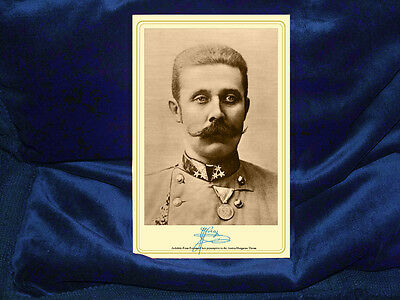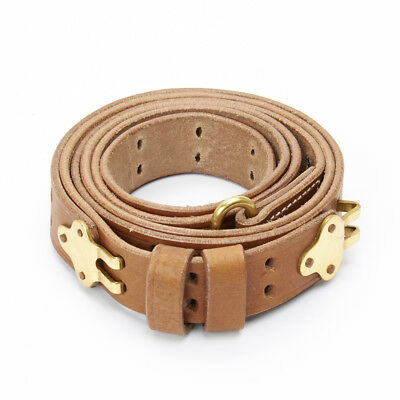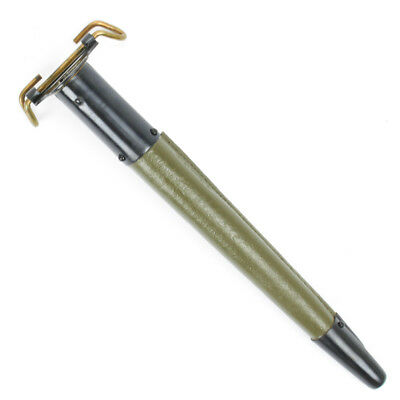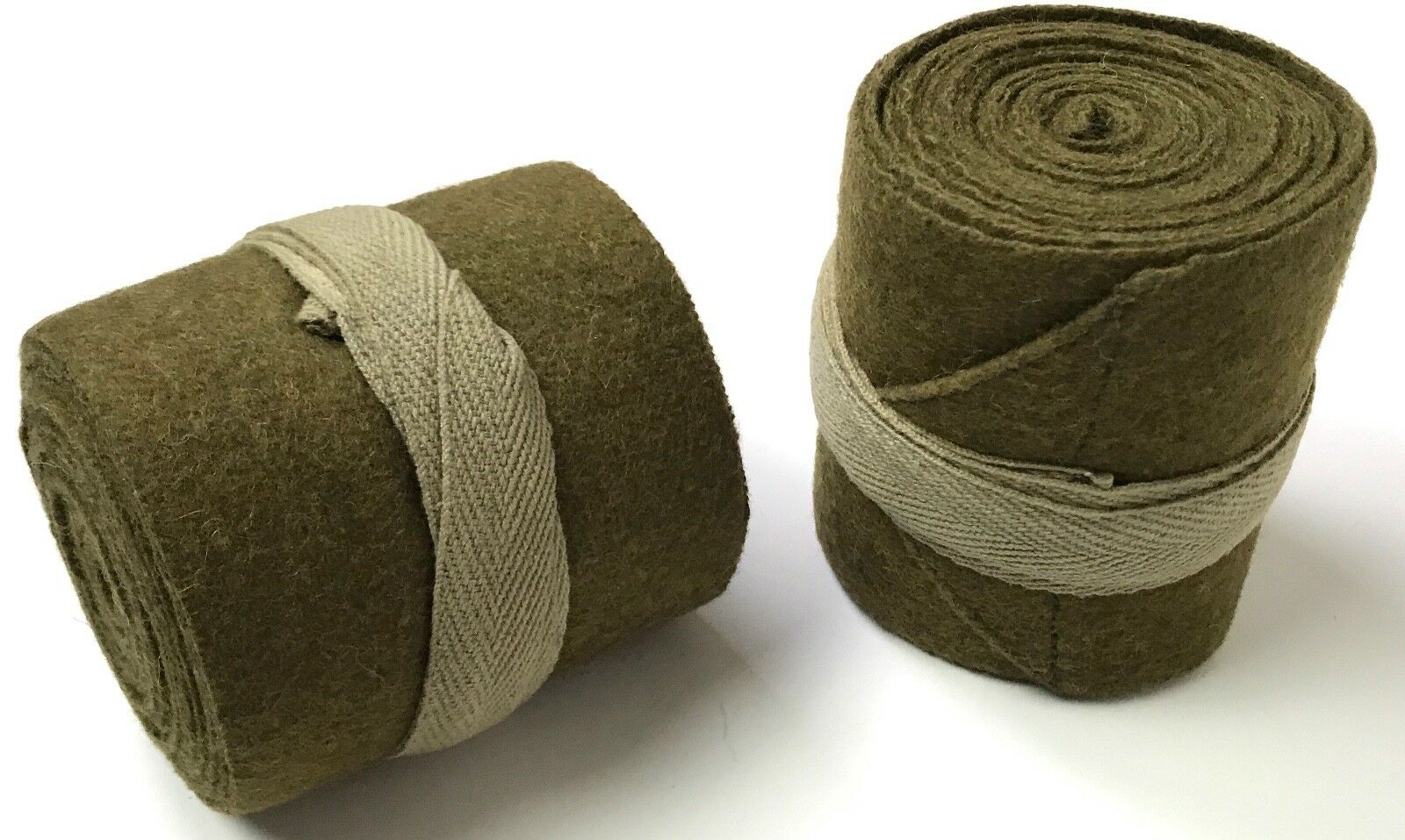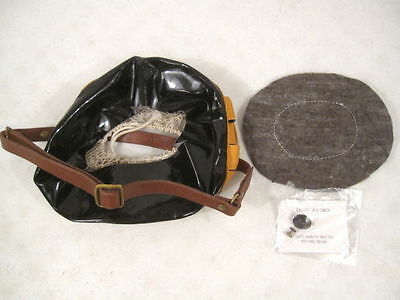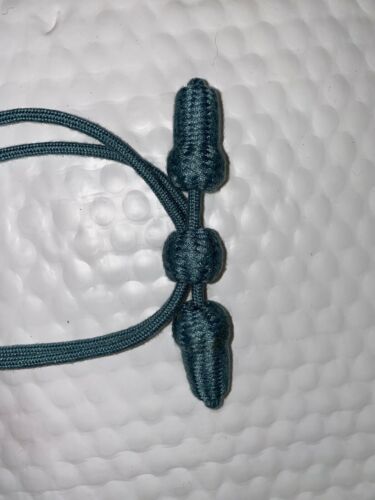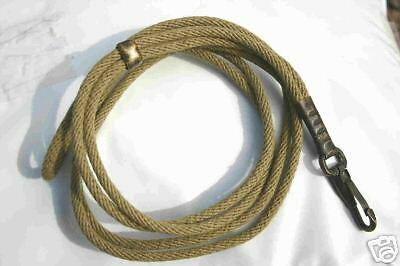-40%
ARCHDUKE FRANZ FERDINAND Death Sparked WWI Cabinet Card Photograph
$ 4.74
- Description
- Size Guide
Description
Handmade historical reproduction Cabinet Card photo ofFranz Ferdinand Carl Ludwig Joseph Maria
(18 December 1863 – 28 June 1914) was an Archduke of Austria-Este, Austro-Hungarian and Royal Prince of Hungary and of Bohemia and, from 1896 until his death, heir presumptive to the Austro-Hungarian throne.
His assassination in Sarajevo precipitated Austria-Hungary's declaration of war against Serbia. This caused the Central Powers (including Germany and Austria-Hungary) and Serbia's allies to declare war on each other, starting World War I.
The photograph is a Canon Archival Quality Semi-Gloss Photo Print from the original photograph.
Each card has a short bio or history on the reverse side which makes it useful as a history learning/teaching tool in addition to interesting, enjoyable art for display.
AND includes a reprinted image of an actual hand-signed autograph!
Mounted on sturdy chipboard the overall card is approx. 4.75” x 7.25”
First Class Shipping in US. See Ebay Global Shipping Program for International.
The cabinet card was a style of photograph which was widely used for photographic portraiture from the 1860’s through the early part of the 20th Century.
It consisted of a thin albumen photographic paper print mounted on a card typically measuring 4¼ by 6½ inches (108 by 165 mm). They are often confused with Carte de Visité (CDV), a similar but smaller format introduced around 1854 in France. CDV’s were very popular during the American Civil War.
“Cabinet Card” portraits were often presented and exchanged by individuals of position, and social standing. They came to replace at times the “calling card” as a currency of social exchange and introduction. They were often kept and displayed in glass “cabinets” to demonstrate acquaintance or connection in some way with the notables pictured in the portraits.
